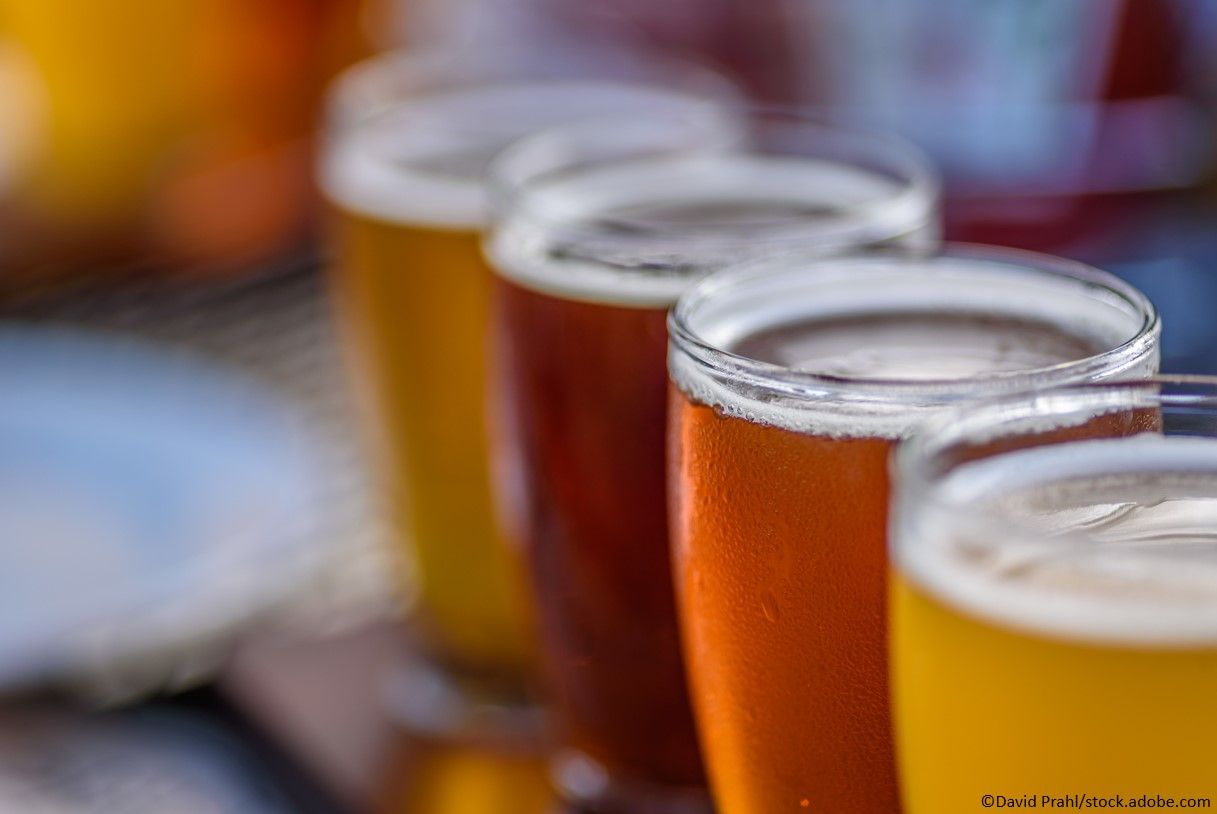Beer and Cider Associated with Higher Risk of Gout in Both Sexes vs Other Alcohol Types
Higher alcohol intake was associated with a greater risk of gout for both sexes, but the correlation was stronger in men than women, according to a recent study.

Consumption of specific alcoholic beverages, particularly beer or cider, was associated with a higher risk of gout for both men and women, according to a recent study published in JAMA Network Open.
Data from the prospective cohort study involving more than 401 000 adults from the UK Biobank trial also showed that higher total alcohol intake was associated with a higher risk of gout for both sexes, but the correlation was stronger in men than women.
Gout is the most common form of inflammatory arthritis, according to researchers, and while genetic susceptibility plays a role in the development of gout, lifestyle factors (eg, diet and alcohol intake) are also involved.
“Alcohol intake has been associated with elevated serum urate levels and thus might eventually cause gout through hyperuricemia,” first author Jie-Qiong Lyu, MPH, of the school of public health at Soochow University, in Suzhou, China, and colleagues wrote. “A number of epidemiologic studies have suggested total or specific alcohol intake to be associated with a higher risk of gout. These studies were limited by using a cross-sectional or case-control design or by including only men.”
Investigators continued: “Furthermore, the previous studies of alcohol consumption and incident gout have commonly used nondrinkers as the referent population, such that the effect of reverse causation bias on the examined association remains an open issue.”
Lyu and colleagues conducted the current sex-specific analysis to examine the associations between total and specific alcohol intake with the long-term risk of gout, with a particular consideration for potential confounding and reverse causation. They assessed data from 179 828 men and 221 300 women (mean age, 56 years) enrolled in the UK Biobank study from 2006 to 2010 who were free of gout at baseline. To mitigate the potential for reverse causation, they excluded individuals who at baseline:
- had reduced alcohol intake for illness or ill health;
- self-rated as having poor health;
- had major cardiovascular disease, cancer, or kidney failure; or
- developed gout within the first 2 years of follow-up.
Participants reported their average weekly consumption of alcohol in the following categories: red wine, champagne or white wine, beer or cider, spirits, and fortified wine. Their risks for developing gout associated with their alcohol intake were estimated using multivariable Cox proportional hazards regression models. Participants were followed up through December 31, 2021, according to the study.
Findings
Among the 179 828 men included in the analysis, 93.6% (n=203 919) were current drinkers and among the 221 300 women, 90.5% (n=245 497) were current drinkers. Among men, current drinkers demonstrated a higher risk for gout than never-drinkers (HR 1.69, 95% CI 1.3-2.18), whereas among women, no significant differences were seen between current and never drinkers (HR 0.83, 95% CI 0.67-1.03). Also, in current drinkers across sexes, researchers observed that higher total alcohol intake was associated with a higher risk of gout, but to a greater extent in men (HR 2.05, 95% CI 1.84-2.30) than in women (HR 1.34, 95% CI 1.12-1.61).
“The observed sex-specific difference in the association of total alcohol consumption with incident gout may be owing to differences between men and women in the types of alcohol consumed rather than biological differences,” investigators noted.
According to the results, consumption of different alcoholic beverages varied between men and women, but the most evident difference that researchers observed was for beer or cider. Men consumed an average of 4.2 pints of beer or cider per week compared with women’s consumption of 0.4 pints of either beverage each week.
In addition, drinking champagne or white wine, beer or cider, and spirits each was associated with a higher risk of gout among both sexes, with beer or cider carrying the greatest risk per 1 pint per day (men: HR 1.6, 95% CI 1.53-1.67; women: HR 1.62, 95% CI 1.02-2.57). The categories least associated with incident gout were red wine among women (HR 0.92, 95% CI 0.77-1.1) and spirits among men (HR 1.12, 95% CI 1.06-1.19).
“We initially observed, both among male and female drinkers, that light to moderate consumption of several specific alcoholic beverages was associated with a lower risk of gout. After mutually adjusting for the specific alcoholic beverages and addressing potential reverse causation, we found that all of these associations were nullified,” Lyu and colleagues noted.
Investigators highlighted several limitations to their study. These included the reliance on self-reported alcohol consumption data and the potential for the exclusion criteria used to minimize reverse causation bias to limit the applicability of the results. Further, most participants in the UK Biobank study were of European descent, underscoring the need for “further verification of the findings for other regional and racial and ethnic populations,” Lyu et al said.
Reference: Lyu JQ, Miao MY, Wang JM, et al. Consumption of total and specific alcoholic beverages and long-term risk of gout among men and women. JAMA Netw Open. Published online August 28, 2024. doi:10.1001/jamanetworkopen.2024.30700